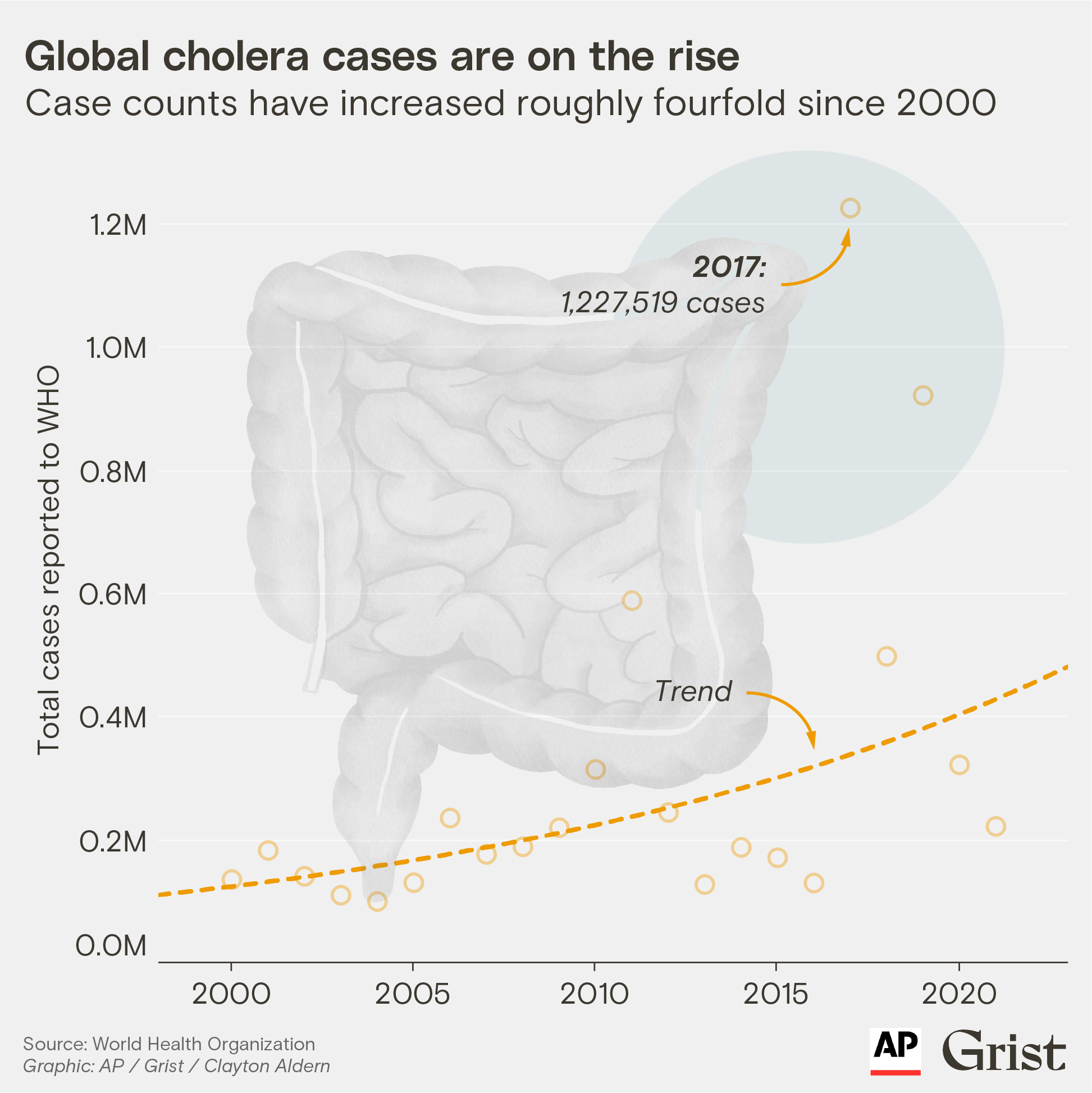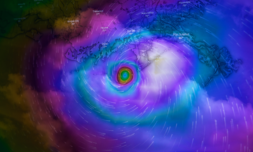The bacteria behind one of history’s deadliest diseases is thriving again due, in-part, to the increased frequency of extreme weather. Outbreaks in 2022 were reportedly up 50% on yearly averages.
Last year, some 200,000 Malawians were displaced by two tropical storms in a single month and around 60 people died. 19 months on from the tragedy, cholera outbreaks have completely deviated from their usual patterns and experts are concerned.
As cholera is a diarrheal illness which spreads in regions without access to clean water and sanitation, it makes sense that floods would exacerbate an outbreak. What wasn’t expected is that the spread would be rampant throughout the dry season months after storms Ana and Gombe had subsided.
In a typical year, illness related to the bacteria rears its head from December to March with cases highly concentrated around Lake Malawi in the south. In August 2022, however, an outbreak permeated northern and central areas and by early February 2023, infections peaked at 700 per day – with a fatality rate thrice as high as the average.

Across the entire planet, cholera cases have risen roughly fourfold since the year 2000 and continue to do so. Following the alarming figures from Malawi, many are now seriously questioning whether the affects of climate change and intensifying weather are relevant factors in the disease’s yearly upsurge.




















